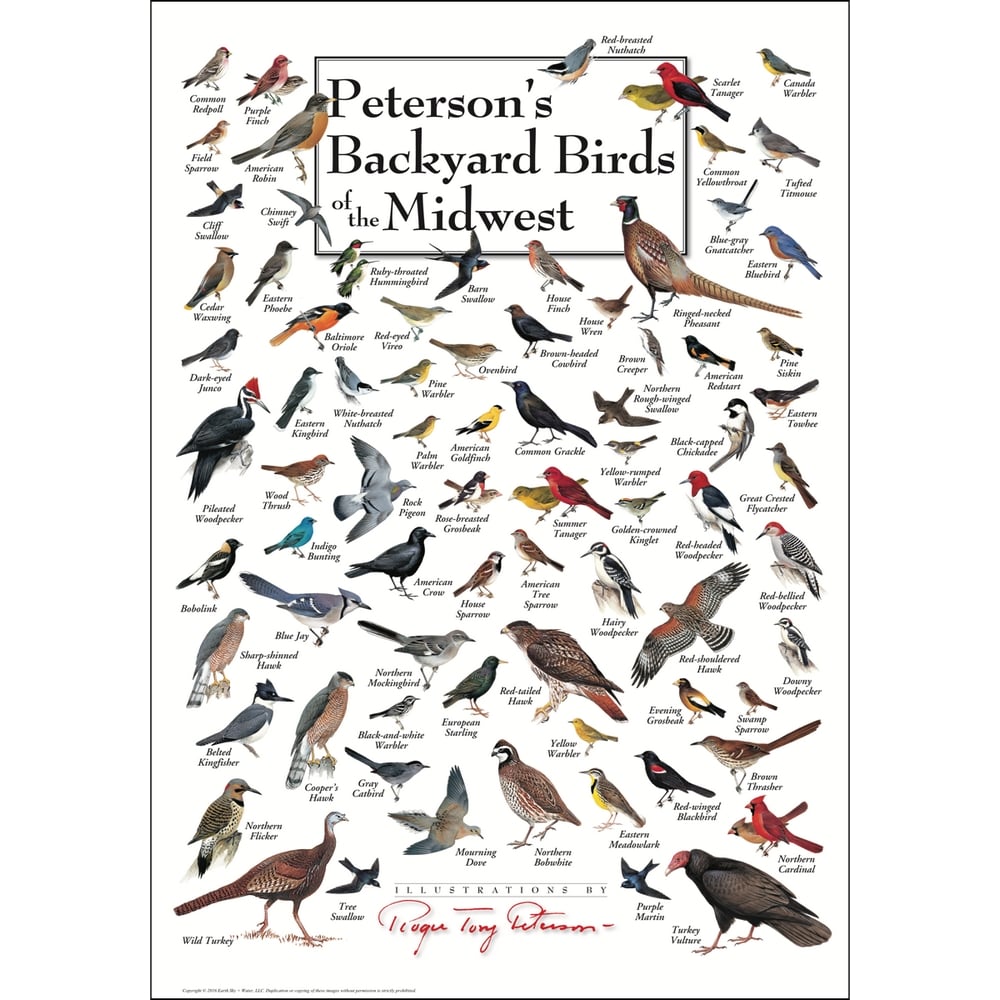With great pleasure, we will explore the intriguing topic related to Astonishing Peterson’s Backyard Birds: 7 Powerful Identification Tips. Let’s weave interesting information and offer fresh perspectives for you.
By the end of this article, you’ll discover something you never considered before. So, make sure to read until the end!

Roger Tory Peterson’s name is synonymous with bird identification. For generations, his field guides have been the gold standard for birders of all levels, helping them unravel the mysteries of the avian world. But did you know that mastering the Peterson identification method can unlock a whole new level of appreciation for the birds right outside your window? This article dives into the world of Peterson’s approach and offers 7 powerful tips to help you identify backyard birds like a pro.
The Peterson Method: A Focus on Field Marks
Unlike guides that rely heavily on detailed descriptions, the Peterson method emphasizes key field marks. These are the distinctive features that stand out even at a distance or in poor lighting. Think bold wing bars, unique tail patterns, and distinctive bill shapes. Peterson’s guides use arrows to point directly to these critical features, making identification faster and more intuitive.
7 Powerful Tips for Backyard Bird Identification Using the Peterson Method:
-
Start with Size and Shape: Before you even consider color, observe the overall size and shape of the bird. Is it robin-sized? Sparrow-sized? Is it slender and streamlined or plump and round? This narrows down the possibilities considerably.
-
Notice the Bill: The bill is a crucial clue. A thick, conical bill suggests a seed-eater (like a finch). A long, thin bill is common in insectivores (like a warbler). A hooked bill indicates a predator (like a hawk).

-
Focus on Wing Bars: Many birds have distinctive wing bars – stripes of contrasting color on their wings. Note the number of wing bars, their color, and their width.

Observe the Tail: Is the tail long or short? Forked or square? Does it have any distinctive markings or patterns? The tail can be a dead giveaway for certain species.
-
Listen to the Song: Bird songs are often unique to each species. Learn the songs of common backyard birds in your area. Many apps and websites can help you identify birds by their vocalizations.
-
Consider Habitat: Where are you seeing the bird? Is it in a dense forest, an open field, or near a body of water? Different birds prefer different habitats.
-
Use a Good Pair of Binoculars: This may seem obvious, but a quality pair of binoculars is essential for observing birds in detail. Look for binoculars with good magnification and a wide field of view.

Beyond Identification: A Deeper Connection
Learning to identify backyard birds isn’t just about ticking off boxes on a list. It’s about developing a deeper connection with the natural world. By paying attention to the details of their appearance, behavior, and songs, you’ll gain a new appreciation for the beauty and complexity of these creatures. So grab your Peterson guide, your binoculars, and head outside. You might be surprised at what you discover.
Thus, we hope this article has provided valuable insights into Astonishing Peterson’s Backyard Birds: 7 Powerful Identification Tips. We hope you find this article informative and beneficial. See you in our next article!
